In recent years, a term has begun to resonate strongly in the tourism sector, the term VUTalso known as Viviendas de uso Turístico. But what exactly do these acronyms stand for?
What is the VUT?
VUT stands for Housing for tourist use (in Spanish “vivienda de uso turístico”) and refers to a category of accommodation that is used for short-term rental to tourists and visitors through online platforms.
These dwellings, which can be houses, villas, flats or flats, must comply with certain administrative obligations and requirements in order to be used for tourism purposes. It is precisely the certificate of tourist use housing (VUT) the document that certifies that the dwelling meets these requirements and is authorised to be rented to tourists. Each autonomous community may have specific regulations for TUVs, and their use may also be subject to restrictions according to the statutes of the homeowner’s community and municipal laws.
How to obtain a VUT licence?
In order to acquire a VUT licence, it is essential to familiarise yourself with the essential requirements that need to be met. It is important to mention that there may be other specific requirements depending on the autonomous community, as these vary according to local regulations. Some of these requirements are:
-
Possess an occupancy licence
A valid occupancy licence issued by the competent authorities is an essential requirement that must be irrefutably fulfilled in order to proceed with obtaining the VUT licence. This occupancy licence not only demonstrates the legality and suitability of the dwelling for residential use, but also ensures that the property meets the safety and construction standards required by the relevant regulations.
-
Be the owner of the property in question or grant the use of the property to the person or entity that owns the tourist activity.
The condition of being the owner of the dwelling in question or, failing that, granting the right to use and dispose of it to a person or entity that owns the tourist activity, represents a fundamental element in the process of obtaining the VUT licence. This premise establishes the legal and contractual basis on which the possibility of offering the dwelling as tourist accommodation is built. If you are the rightful owner of the property, you have the inherent authority to make decisions and assume responsibilities related to its rental for tourism purposes. However, in cases where you are not the direct owner but have the capacity to transfer the use of the property to an entity that has the corresponding authorisation for tourism activities, you may also fall within the scope of obtaining the VUT licence. It is essential to ensure that the legal and contractual basis is clearly established to ensure compliance with applicable regulations and transparency in the operation of tourist accommodation.
-
Supplies
Ensure that the dwelling has heating, hot and cold water supply and external ventilation. It should also have a manual fire extinguisher, basic emergency signage indicating exits, and an evacuation plan of the building.
-
Capacity
Regarding the guest capacity in a VUT, if its surface area is less than 25 m², a maximum of two persons are allowed; if it exceeds 25 m² but does not reach 40 m², up to 4 persons are allowed. For larger dwellings, an additional capacity of 2 persons per 10 m² is allowed.
-
Liability insurance
The need for liability insurance is a very important requirement in the VUT licensing process. The owner must have liability insurance to cover possible injuries to guests or damage to their belongings, as well as financial damage that the accommodation may have caused.
-
Contract
It is compulsory to sign a tourist accommodation contract with each guest received.
-
Maximum period
The maximum rental period for dwellings for tourist use is 30 days.
-
Adequate facilities
The tourist accommodation shall have comprehensive and functional facilities to ensure a complete and comfortable experience for guests. In this regard, the dwelling should be equipped with complete facilities such as a properly equipped kitchen with the necessary utensils and appliances for easy and comfortable cooking. In addition, the property must be fully furnished. Adequate facilities help to meet the standards required to obtain a tourist dwelling licence.
-
Certificate of habitability
The certificate of habitability attests that the dwelling meets the necessary standards and conditions to be considered suitable and safe for use as a living space. This document verifies that the dwelling meets the basic requirements in terms of infrastructure, facilities and habitability conditions that guarantee the comfort and well-being of the occupants. The certificate of habitability also ensures that the dwelling complies with current building and urban planning regulations, thus ensuring safe and healthy environments for those who temporarily inhabit it. Therefore, having the certificate of occupancy reaffirms the quality and suitability of the dwelling for use as tourist accommodation, which is of utmost importance in the process of obtaining the VUT licence.
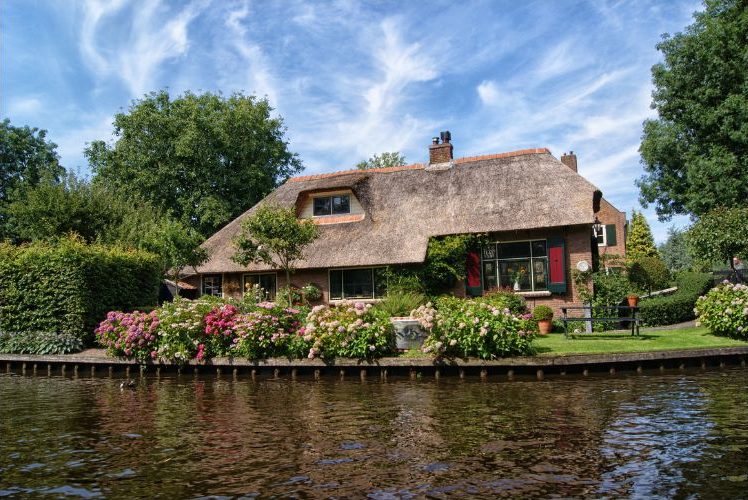
What do I need to consider before obtaining a VUT licence?
Firstly, it is crucial to understand the different types of tourist accommodation available and to choose the right one for each case. In this sense, it is important to make sure that they are not confused with TAs, which are tourist flats. It is also important to carry out a thorough review of the bylaws of the community in which your holiday home is located. This is important in order to avoid future unexpected limitations or problems with other owners.
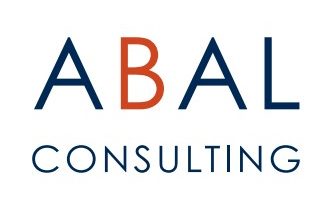
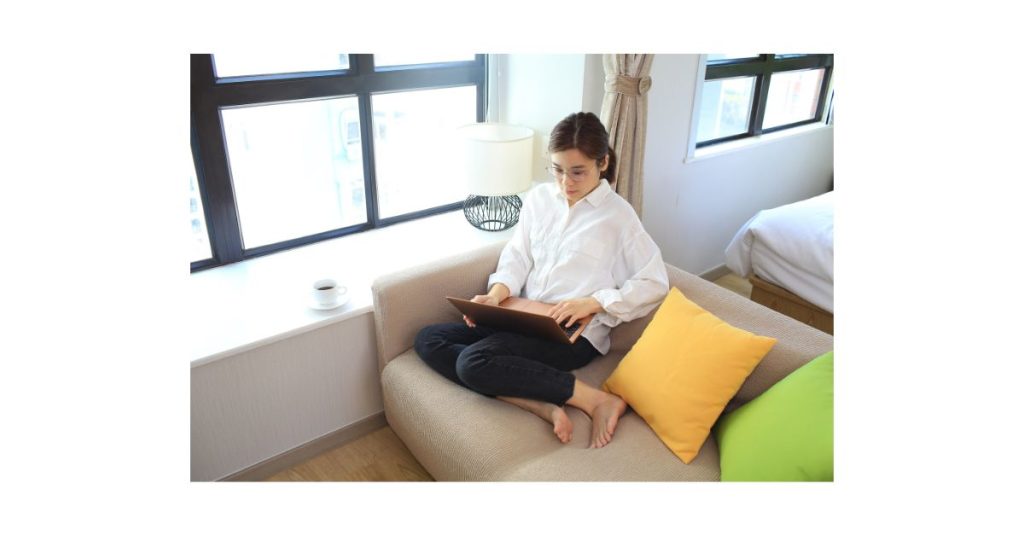
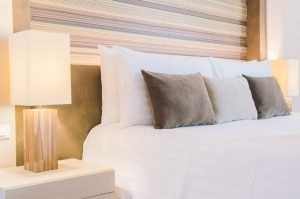
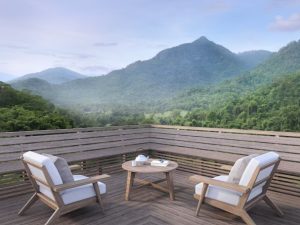

 by
by 
